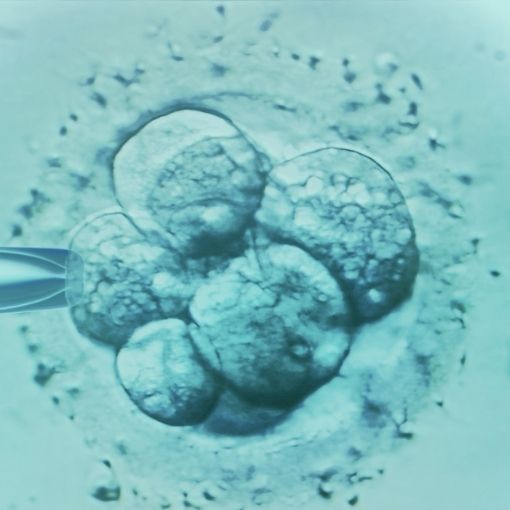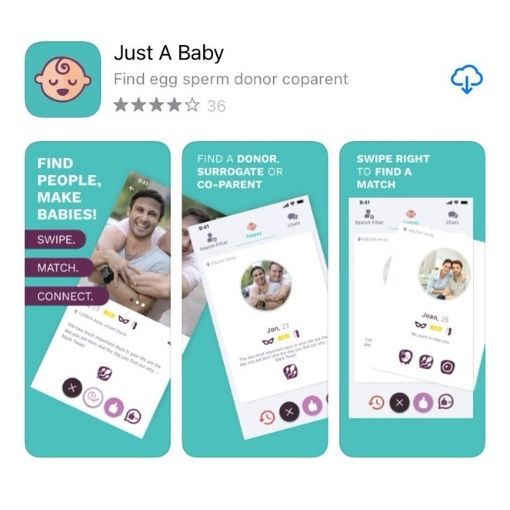Throughout your IVF fertility journey, you’ll need to make a number of decisions about your treatment. One of these times is likely to be whether you use a frozen vs fresh embryo for your IVF cycles. If you are just starting your journey and considering options, it can be confusing to understand the differences. So we’ve put together to help differentiate between the two and the pros and cons you will want to consider when choosing between the two.
What is a fresh embryo transfer?
In a fresh embryo transfer, freshly fertilised eggs are implanted into the woman’s uterus. This usually happens just a few days after the egg collection.
One of the main advantages of a fresh embryo transfer is that it allows for a more natural timing of conception. In a fresh cycle, the eggs are collected and fertilised. The resulting embryos are transferred when the uterus is most receptive. This means that the chances of success may be higher, as the embryo is more likely to implant and develop properly in the uterine lining.
However, fresh embryo transfers may also come with some downsides. The process involves a lot of hormonal stimulation to produce multiple eggs, which can lead to ovarian hyperstimulation syndrome (OHSS) in some women. Additionally, fresh cycles are more time-sensitive. This means the transfer must happen in a specific window of time, which can be stressful and inconvenient.
What is a frozen embryo transfer?
Frozen egg transfers are a popular choice for those undergoing IVF. With a frozen embryo transfer, the fertilised eggs are cryopreserved (frozen) after the egg collection for later use. Then, they can be thawed and transferred into the uterus during a later cycle.
Frozen embryo transfers offer more flexibility in terms of timing since the embryos can be thawed and transferred later. Allowing you to be in more control of the time you choose to have the transfer. Frozen embryos can also undergo tests for viability before implantation. This means that there is more chance of a healthier egg being chosen which can boost your chances of success.
Choosing a frozen egg transfer also gives your body time to recover from the ovarian stimulation, and the risk of OHSS is much lower.
However, frozen embryo transfers may also have some drawbacks. The freezing and thawing process can damage some embryos, reducing the chances of success. But modern technology being as wonderful as it is has come a long way in recent years. The risk of damaging an embryo is now much lower, and in most cases, embryos survive the thawing process.
What should I choose: frozen vs fresh embryo transfer?
The decision of whether to use frozen or fresh embryos for your IVF transfer is a very personal one. Factors that might affect your decision include your medical history, age, and preferences. Your fertility doctor will be able to talk you through the process for both options. They will be able to advise the risks and benefits of both options in your unique circumstances.
Conclusion
Both frozen and fresh embryo transfers used for IVF offer similar success rates. It’s important to understand the process in both cases before making a decision and choose the option that you are both comfortable with and gives you the greater chances of success.
Are you just starting your fertility journey? Then, check out our ultimate guide to IVF, which covers everything you need to know!




